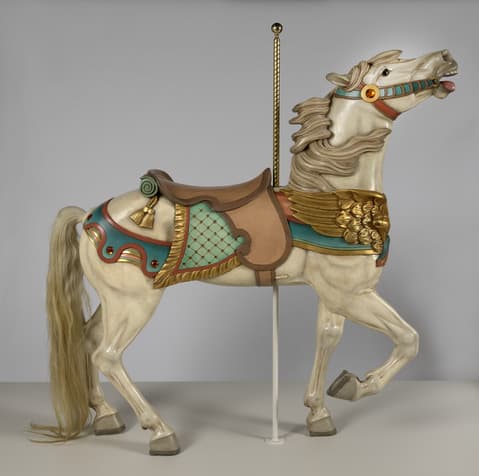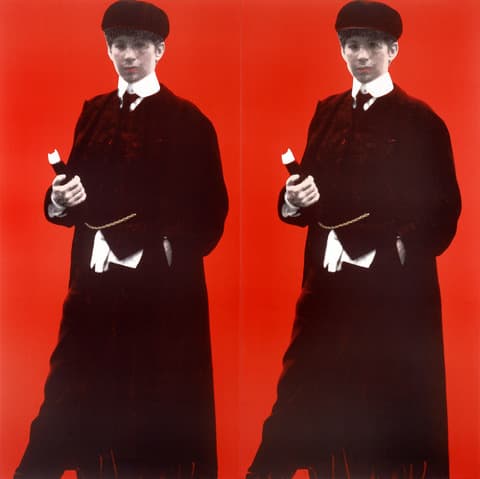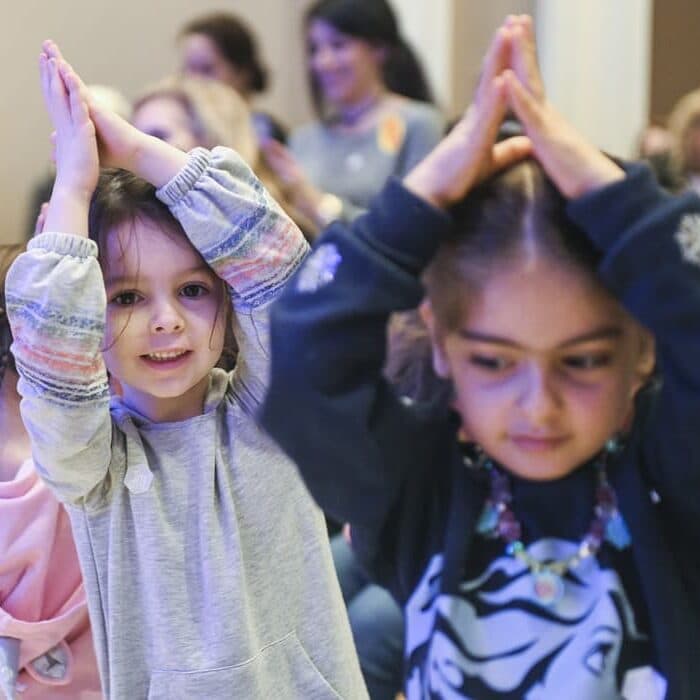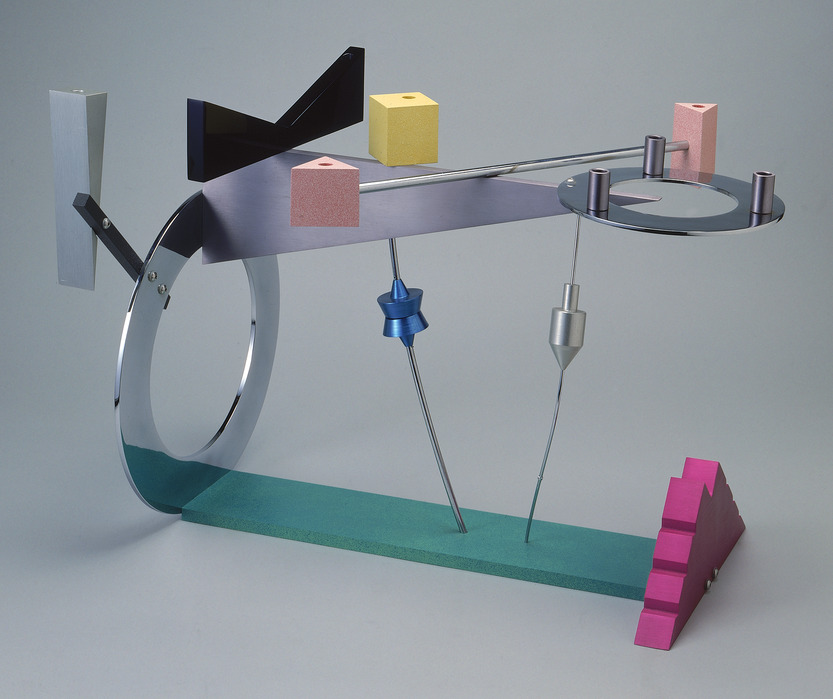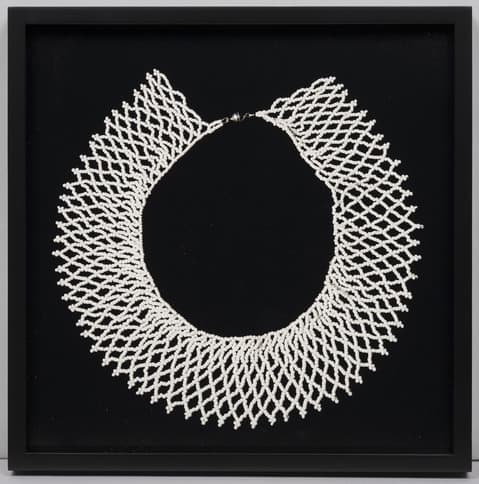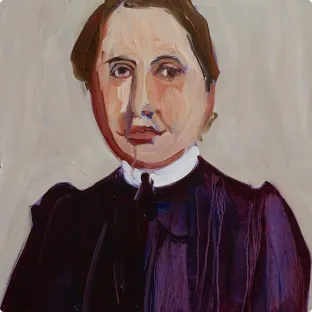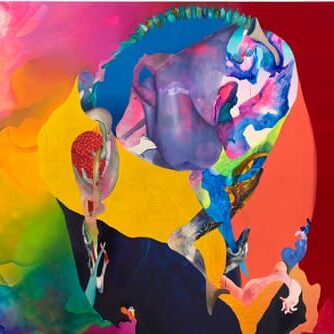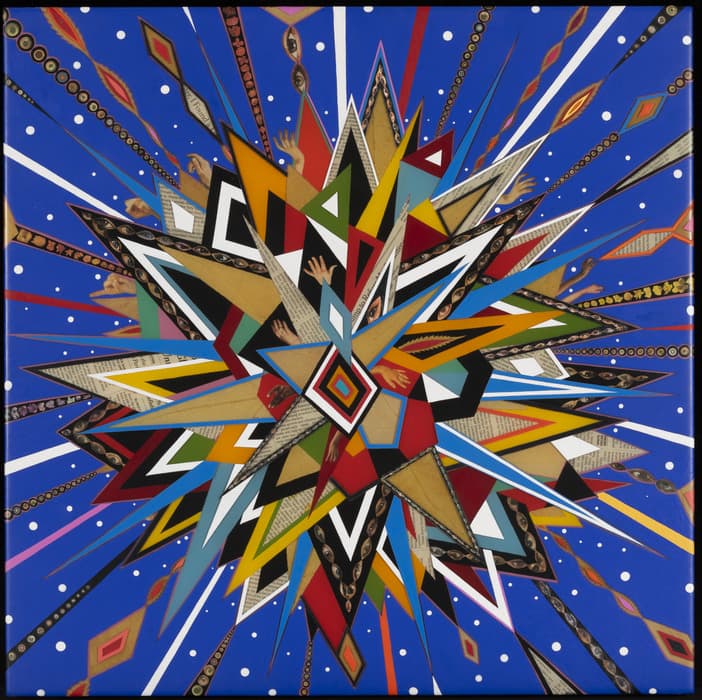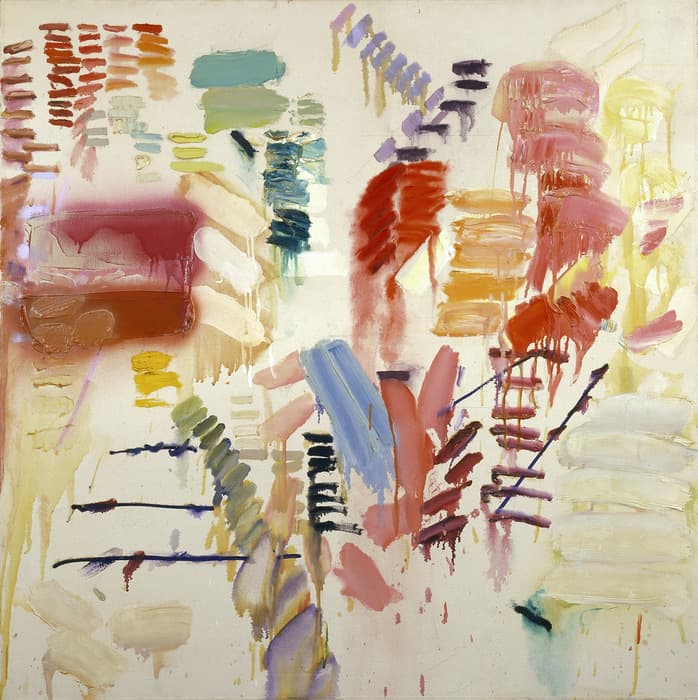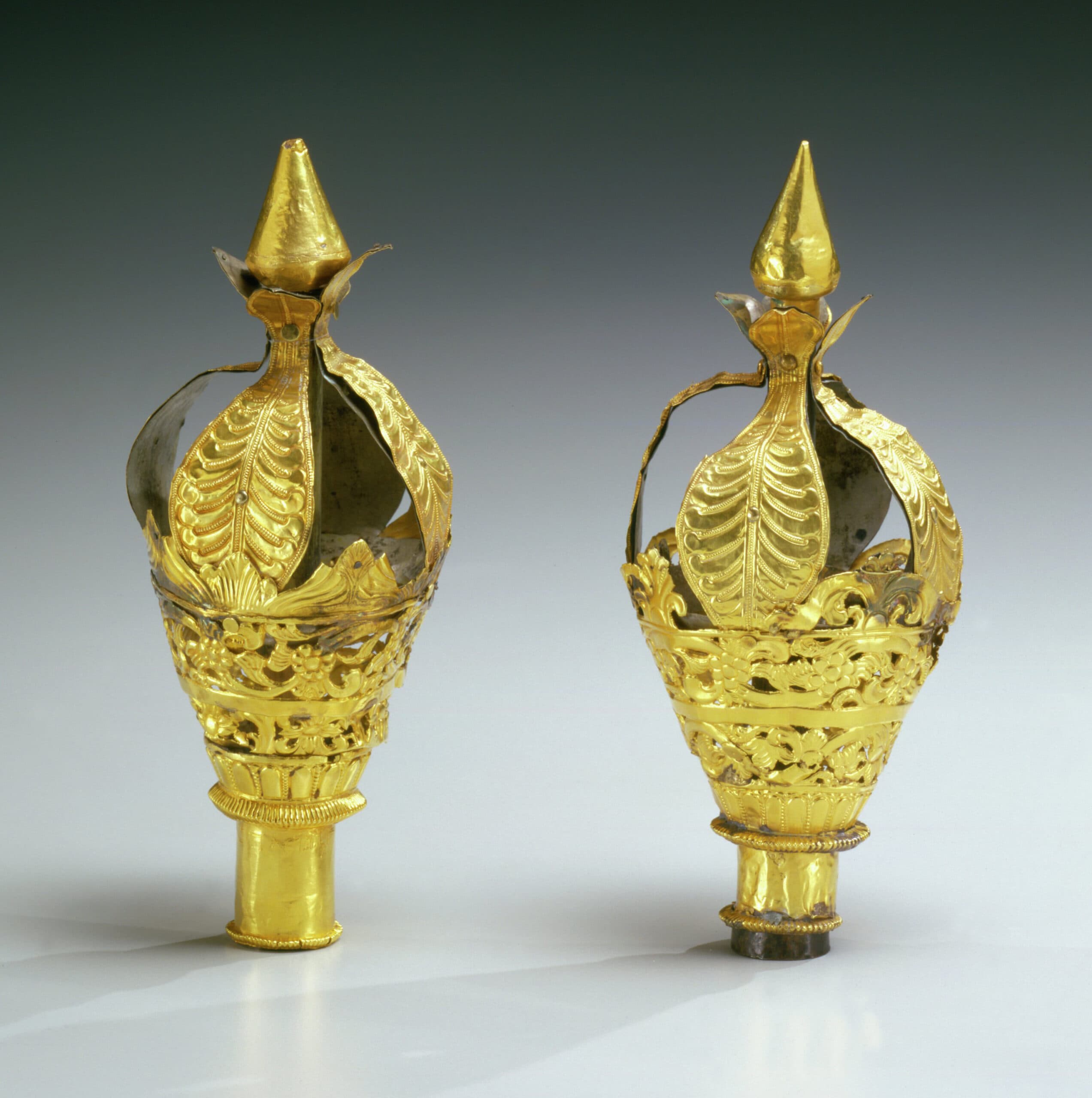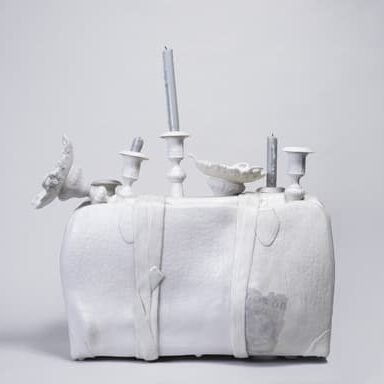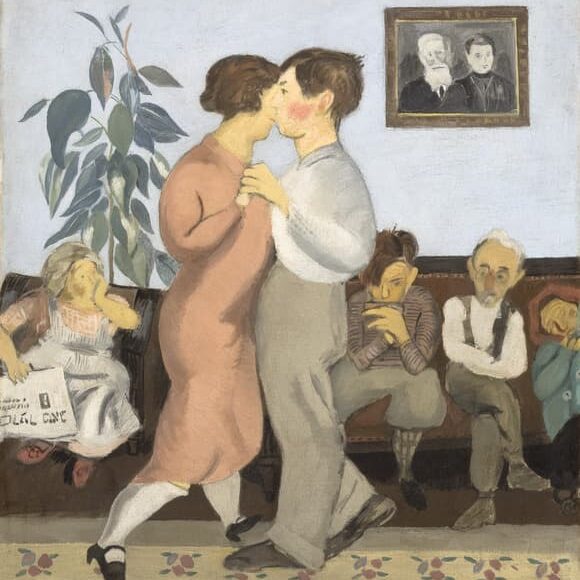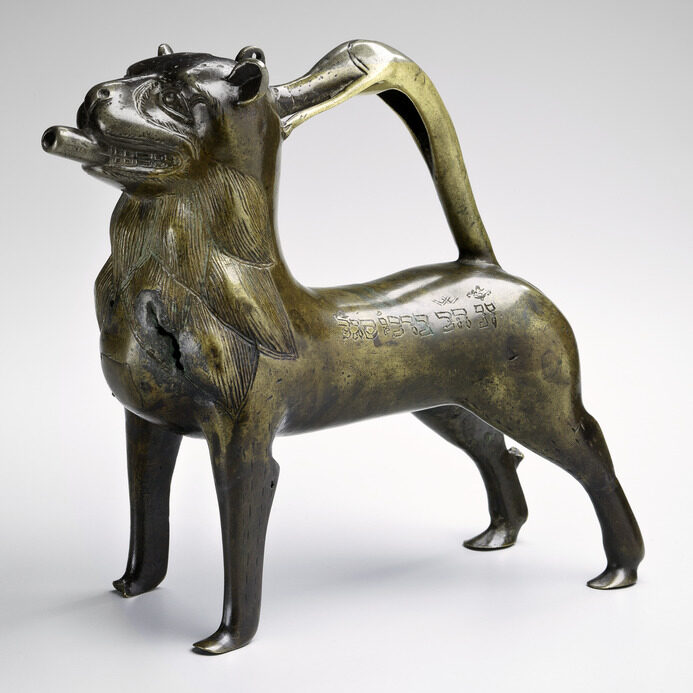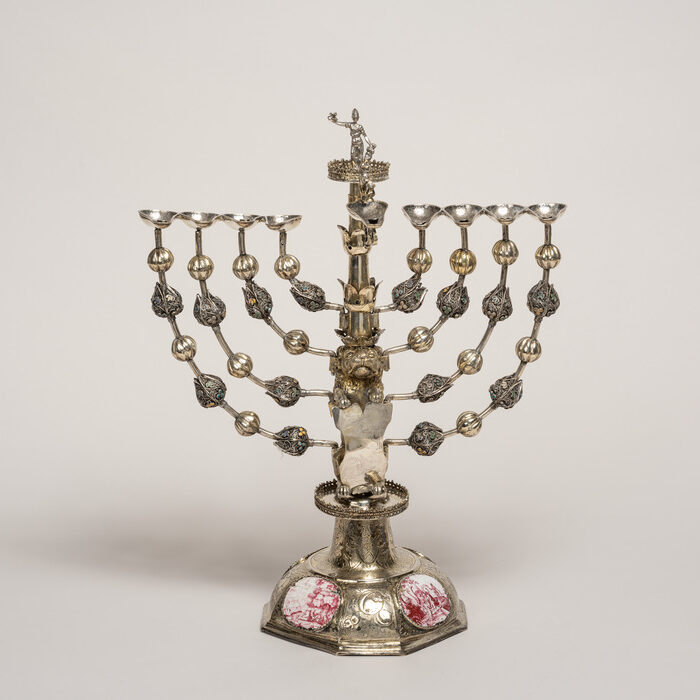The Jewish Museum to Present First Ever Exhibition Exploring the Remarkable Career of Influential American Art Dealer Edith Halpert
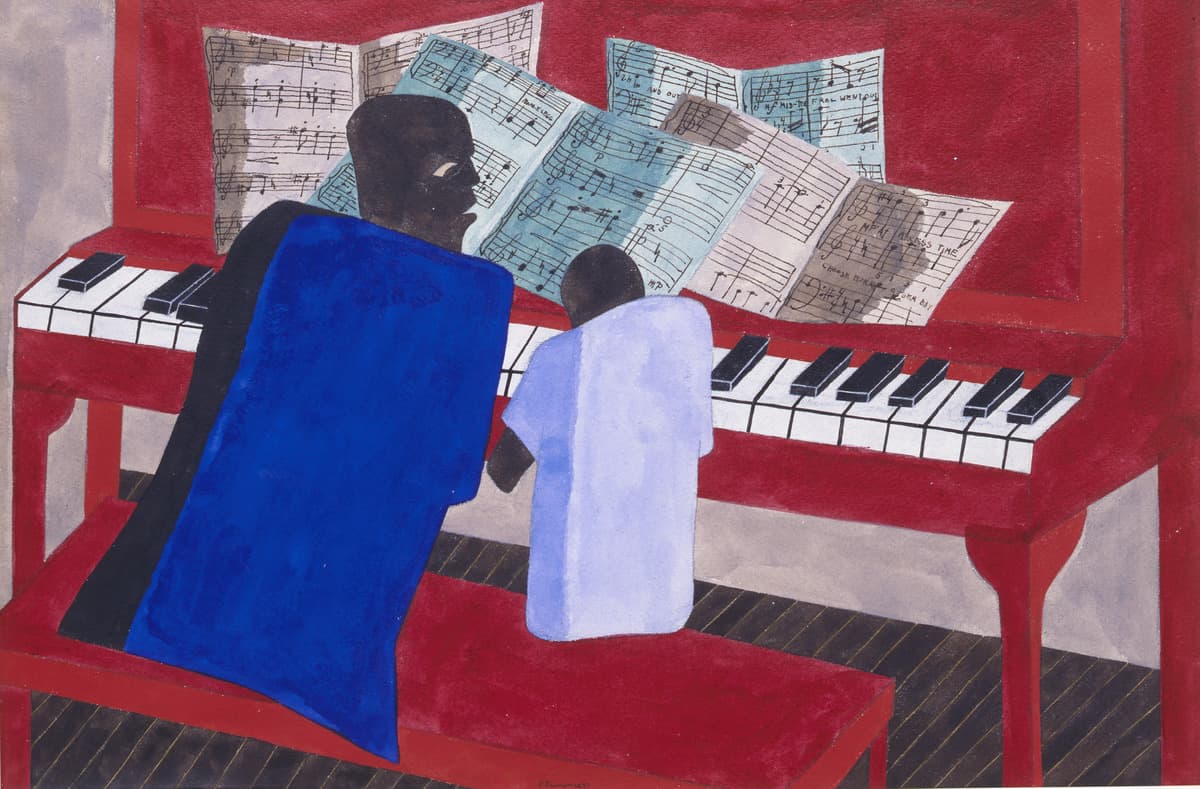
Works by Artists Halpert Championed Including Stuart Davis, Yasuo Kuniyoshi, Jacob Lawrence, Georgia O’Keeffe, Ben Shahn, Charles Sheeler, and Others on ViewEdith Halpert and the Rise of American Art October 18, 2019-February 9, 2020
New York, NY, March 5, 2019 — The Jewish Museum will present Edith Halpert and the Rise of American Art, the first exhibition to explore the remarkable career of Edith Halpert (1900-1970), the influential American art dealer and founder of the Downtown Gallery in New York City. A pioneer in the field and the first significant female gallerist in the United States, Halpert propelled American art to the fore at a time when the European avant-garde still enthralled the world. The artists she supported — Stuart Davis, Jacob Lawrence, Georgia O'Keeffe, Yasuo Kuniyoshi, Ben Shahn, and Charles Sheeler key among them — became icons of American modernism. Halpert also brought vital attention to overlooked nineteenth-century American artists, such as William Michael Harnett, Edward Hicks, and Raphaelle Peale, as well as little-known and anonymous folk artists. With her revolutionary program at the Downtown Gallery, Halpert inspired generations of Americans to value the art of their own country, in their own time.
The exhibition, on view at the Jewish Museum from October 18, 2019 through February 9, 2020, will feature approximately 100 works of American modern and folk art, including paintings, sculptures, and prints by such artists as Davis, Lawrence, O’Keeffe, Kuniyoshi, Shahn, and Sheeler, as well as Arthur Dove, Elie Nadelman, Max Weber, and Marguerite and William Zorach, among others, as well as prime examples of American folk art portraits, weathervanes, trade signs, and carved toys. Along with these major artworks that were exhibited at and sold through the Downtown Gallery, highlights from Halpert’s acclaimed personal collection of both modern and folk art, reassembled for the first time since its landmark sale in 1973, will also be on view.
Born to a Jewish family in Odessa, Russia (now Ukraine), Halpert opened the Downtown Gallery in 1926 at 113 West 13th Street, the first commercial art space in bohemian Greenwich Village. She deliberately promoted a diverse group of living American artists, fundamentally shifting the public's opinion of whose voices mattered in the art world. Though an outsider in many respects — as a woman, an immigrant, and a Jew — Halpert was, for over 40 years, the country's most resolute champion of its creative potential and the defining authority of the American art landscape. Not only did her trailblazing career pave the way for the next generation of women leaders in the art world, Halpert's inclusive vision continues to inform our understanding of American art today as being pluralistic, generous in its parameters, and infused with idealism.
The Downtown Gallery quickly attracted important clients. Abby Aldrich Rockefeller became an enthusiastic collector of American folk art under Halpert’s tutelage and a key patron to many of her modern artists. Halpert’s circle of collectors included Duncan Phillips, founder of the Phillips Collection in Washington, DC; William H. Lane, the great benefactor of the Museum of Fine Arts, Boston; and Electra Havemeyer Webb, who established the Shelburne Museum in Vermont. Halpert’s influence, her eye, and her passion for American art became a guiding force in the cultural development of America’s heartland. Her mission, as she saw it, was to bring art within reach of average Americans. Her innovative sales tactics, which included affordable pricing and the option to buy on an installment plan, helped make American art accessible to a new class of collector.
Halpert’s socially progressive values were on full display at her gallery. In addition to regularly presenting work by women, immigrants, and Jewish artists, the Downtown Gallery was the first major mainstream art space in New York City to promote the work of African American artists, including Jacob Lawrence and Horace Pippin. When the Japanese American painter Yasuo Kuniyoshi was classified as an enemy alien during World War II, she mounted a defiant exhibition of his paintings in 1942. Later, as McCarthyism swept the nation, Halpert publicly defended her artists, proclaiming, “Works of art are not a dispensable luxury for any nation. We will have communism in art if Congress can control what we paint, and free and individual expression is stifled.” Her insistence that we support free expression and diverse perspectives, and that these are the defining features of American art and culture, has never been more timely or more relevant.
The exhibition is organized by Rebecca Shaykin, Associate Curator, The Jewish Museum, New York. The Jewish Museum and Yale University Press will co-publish a catalogue in conjunction with the exhibition.
Support
Edith Halpert and the Rise of American Art is made possible by the Henry Luce Foundation, the Knapp Family Foundation, The Joyce & Daniel Cowin Foundation, National Endowment for the Arts, Wyeth Foundation for American Art, and Marina and Andrew Lewin.
Additional support is provided through The Skirball Fund for American Jewish Life Exhibitions, Horace W. Goldsmith Exhibitions Endowment Fund, The Alfred J. Grunebaum & Ruth Grunebaum Sondheimer Memorial Fund, and Bloomberg Philanthropies.
This publication is made possible, in part, by the Dorot Foundation.
Press contacts
Anne Scher, 212.423.3271 or [email protected]
Daniela Stigh, 212.423.3330 or [email protected]
[email protected] (general inquiries)
